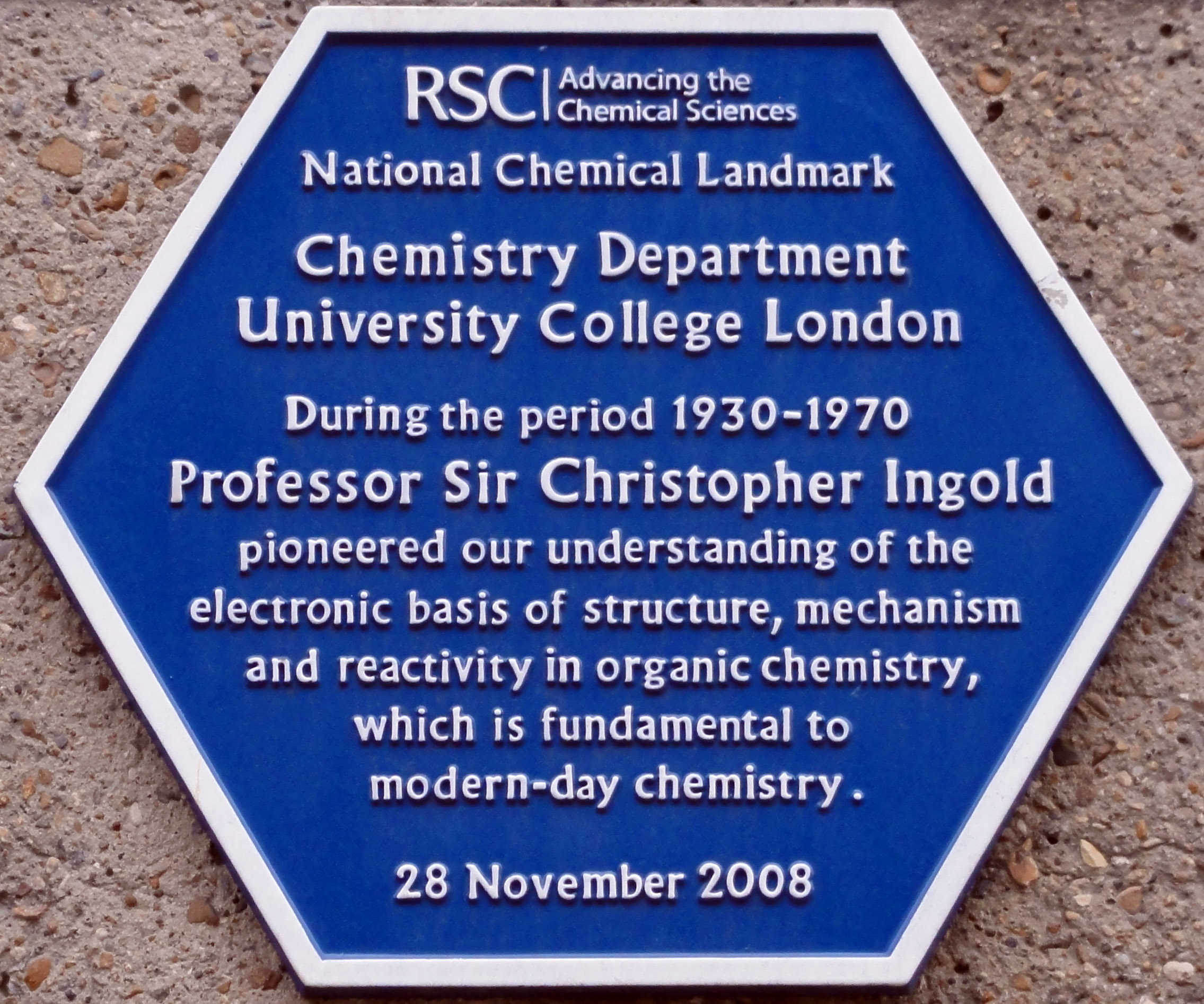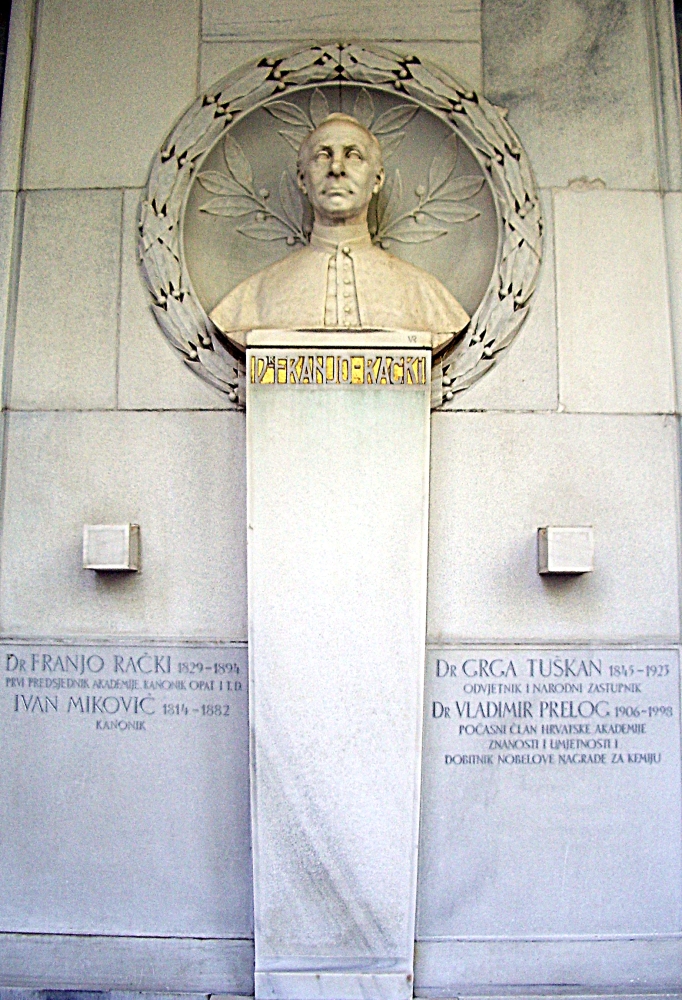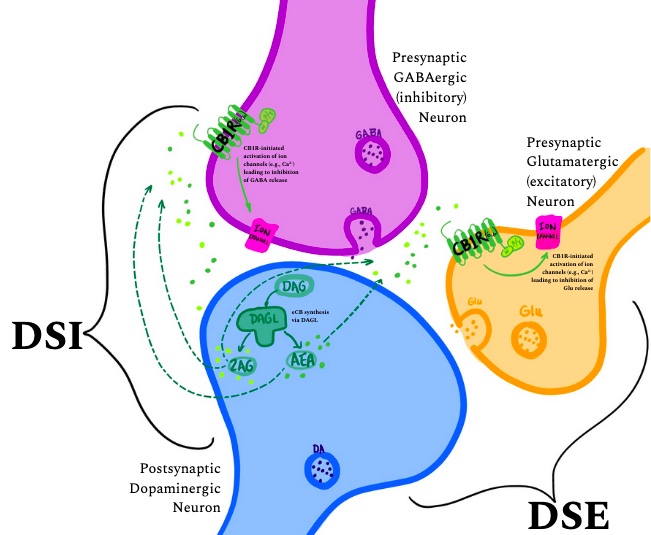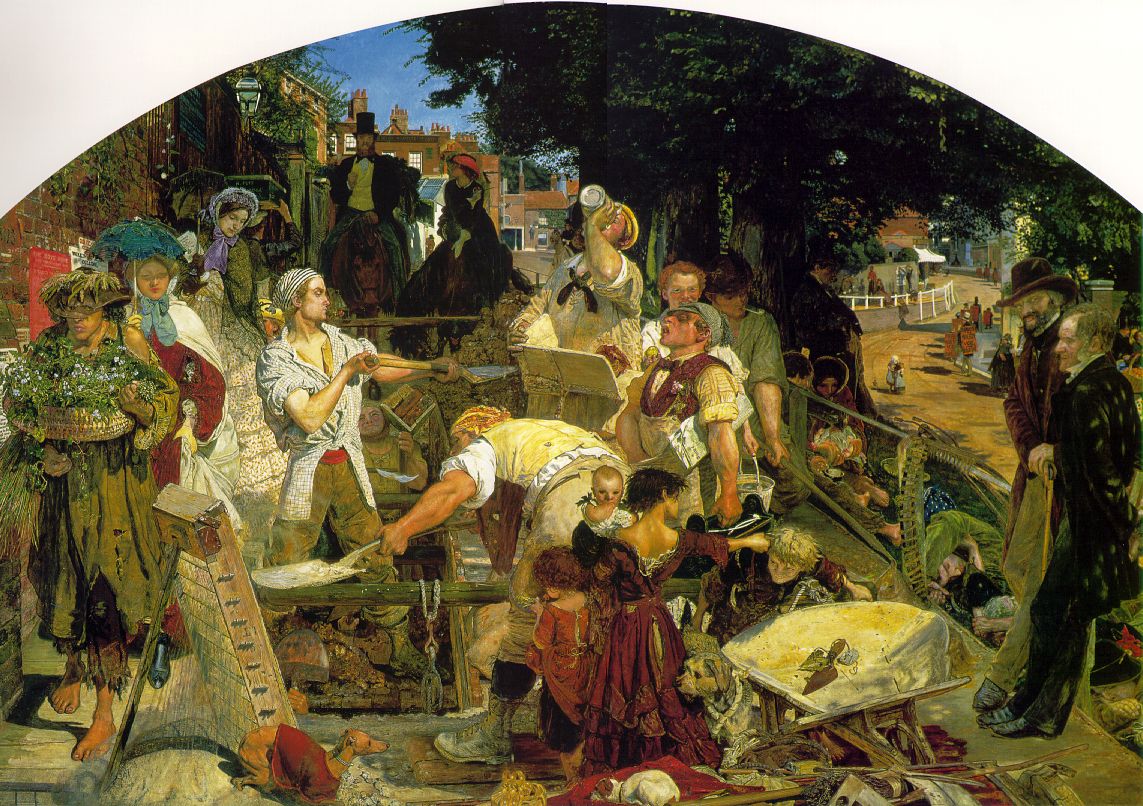|
Robert Sidney Cahn
Robert Sidney Cahn (9 June 1899 – 15 June 1981) was a British chemist, best known for his contributions to chemical nomenclature and stereochemistry, particularly by the Cahn–Ingold–Prelog priority rules, which he proposed in 1956 with Christopher Kelk Ingold and Vladimir Prelog. Cahn was the first to report the structure of Cannabinol (CBN) found in Cannabis in the early 1930s. Cahn was born in Hampstead, London. He became a fellow of the Royal Institute of Chemistry and was editor of the Journal of the Chemical Society The ''Journal of the Chemical Society'' was a scientific journal established by the Chemical Society in 1849 as the ''Quarterly Journal of the Chemical Society''. The first editor was Edmund Ronalds. The journal underwent several renamings, split ... from 1949 until 1963, and he remained with the Society as Director of Publications Research until his retirement in 1965. References Bibliography * and subsequent editions published in 1964, 1968, and ... [...More Info...] [...Related Items...] OR: [Wikipedia] [Google] [Baidu] |
Chemical Nomenclature
Chemical nomenclature is a set of rules to generate systematic name#In chemistry, systematic names for chemical compounds. The nomenclature used most frequently worldwide is the one created and developed by the International Union of Pure and Applied Chemistry (IUPAC). IUPAC Nomenclature ensures that each compound (and its various isomers) have only one formally accepted name known as the systematic IUPAC name. However, some compounds may have alternative names that are also accepted, known as the preferred IUPAC name which is generally taken from the common name (chemistry), common name of that compound. Preferably, the name should also represent the structure or chemistry of a compound. For example, the main constituent of vinegar, white vinegar is , which is commonly called acetic acid and is also its recommended IUPAC name, but its formal, systematic IUPAC name is ethanoic acid. The IUPAC's rules for naming organic compound, organic and inorganic compounds are contained in two ... [...More Info...] [...Related Items...] OR: [Wikipedia] [Google] [Baidu] |
Stereochemistry
Stereochemistry, a subdiscipline of chemistry, studies the spatial arrangement of atoms that form the structure of molecules and their manipulation. The study of stereochemistry focuses on the relationships between stereoisomers, which are defined as having the same molecular formula and sequence of bonded atoms (constitution) but differing in the geometric positioning of the atoms in space. For this reason, it is also known as Three-dimensional space, 3D chemistry—the prefix "stereo-" means "three-dimensionality". Stereochemistry applies to all kinds of compounds and ions, Organic chemistry, organic and Inorganic chemistry, inorganic species alike. Stereochemistry affects Biochemistry, biological, Physical chemistry, physical, and supramolecular chemistry. Stereochemistry reactivity (chemistry), reactivity of the molecules in question (dynamic stereochemistry). History In 1815, Jean-Baptiste Biot's observation of optical activity marked the beginning of organic stereochemistr ... [...More Info...] [...Related Items...] OR: [Wikipedia] [Google] [Baidu] |
Cahn–Ingold–Prelog Priority Rules
In organic chemistry, the Cahn–Ingold–Prelog (CIP) sequence rules (also the CIP priority convention; named after Robert Sidney Cahn, Christopher Kelk Ingold, and Vladimir Prelog) are a standard process to completely and unequivocally name a stereoisomer of a molecule. The purpose of the CIP system is to assign an ''R'' or ''S'' descriptor to each stereocenter and an ''E'' or ''Z'' descriptor to each double bond so that the configuration of the entire molecule can be specified uniquely by including the descriptors in its systematic name. A molecule may contain any number of stereocenters and any number of double bonds, and each usually gives rise to two possible isomers. A molecule with an integer describing the number of stereocenters will usually have stereoisomers, and diastereomers each having an associated pair of enantiomers. The CIP sequence rules contribute to the precise naming of every stereoisomer of every organic molecule with all atoms of ligancy of fewe ... [...More Info...] [...Related Items...] OR: [Wikipedia] [Google] [Baidu] |
Christopher Kelk Ingold
Sir Christopher Kelk Ingold (28 October 1893 – 8 December 1970) was a British chemist based in Leeds and London. His groundbreaking work in the 1920s and 1930s on reaction mechanisms and the electronic structure of organic compounds was responsible for the introduction into mainstream chemistry of concepts such as nucleophile, electrophile, inductive and resonance effects, and such descriptors as SN1, SN2, E1, and E2. He also was a co-author of the Cahn–Ingold–Prelog priority rules. Ingold is regarded as one of the chief pioneers of physical organic chemistry. Early life and education Born in London to a silk merchant who died of tuberculosis when Ingold was five years old, Ingold began his scientific studies at Hartley University College at Southampton (now Southampton University) taking an external BSc in 1913 with the University of London. He then joined the laboratory of Jocelyn Field Thorpe at Imperial College, London, with a brief hiatus from 1918–1920 ... [...More Info...] [...Related Items...] OR: [Wikipedia] [Google] [Baidu] |
Vladimir Prelog
Vladimir Prelog (23 July 1906 – 7 January 1998) was a Croatian-Swiss organic chemist who received the 1975 Nobel Prize in chemistry for his research into the stereochemistry of organic molecules and reactions. Prelog was born, and spent his infancy, in Sarajevo, and youth in Zagreb, Osijek and Prague.Vladimir Prelog (1975Autobiography the Nobel Committee. He later lived and worked in Prague, Zagreb and Zürich. Early life Prelog was born in Sarajevo, Condominium of Bosnia and Herzegovina, at that time within Austria-Hungary, to Croat parents who were working there. His father, Milan, a native of Zagreb, was a history professor at a gymnasium in Sarajevo and later at the University of Zagreb. As an 8-year-old boy, he stood near the place where the assassination of Franz Ferdinand occurred. Education Prelog started elementary school in Sarajevo. In 1915, at the beginning of the first World War, at Prelog moved to Zagreb (then part of Austria-Hungary) with his parents. ... [...More Info...] [...Related Items...] OR: [Wikipedia] [Google] [Baidu] |
Cannabinol
Cannabinol (CBN) is a mildly psychoactive phytocannabinoid that acts as a low affinity partial agonist at both CB1 and CB2 receptors. This activity at CB1 and CB2 receptors constitutes interaction of CBN with the endocannabinoid system (ECS). Although CBN shares the same mechanism of action as other phytocannabinoids (e.g., Delta-9-tetrahydrocannabinol, Δ9-THC), it has a lower affinity for CB1 receptors, meaning that much higher doses of CBN are required in order to experience effects, such as mild sedation. It was the first cannabinoid to be isolated from cannabis and was discovered in 1896. Pharmacology Pharmacodynamics Both THC and CBN activate the CB1 (Ki = 211.2 nM) and CB2 (Ki = 126.4 nM) receptors. Each compound acts as a low affinity partial agonist at CB1 receptors with THC demonstrating 5x–10× greater affinity to the CB1 receptor. Like THC, CBN has a higher selectivity for CB2 receptors which are located throughout the central and peripheral nerv ... [...More Info...] [...Related Items...] OR: [Wikipedia] [Google] [Baidu] |
Cannabis
''Cannabis'' () is a genus of flowering plants in the family Cannabaceae that is widely accepted as being indigenous to and originating from the continent of Asia. However, the number of species is disputed, with as many as three species being recognized: '' Cannabis sativa'', '' C. indica'', and '' C. ruderalis''. Alternatively, ''C. ruderalis'' may be included within ''C. sativa'', or all three may be treated as subspecies of ''C. sativa'', or ''C. sativa'' may be accepted as a single undivided species. The plant is also known as hemp, although this term is usually used to refer only to varieties cultivated for non-drug use. Hemp has long been used for fibre, seeds and their oils, leaves for use as vegetables, and juice. Industrial hemp textile products are made from cannabis plants selected to produce an abundance of fibre. ''Cannabis'' also has a long history of being used for medicinal purposes, and as a recreational drug known by ... [...More Info...] [...Related Items...] OR: [Wikipedia] [Google] [Baidu] |
Hampstead
Hampstead () is an area in London, England, which lies northwest of Charing Cross, located mainly in the London Borough of Camden, with a small part in the London Borough of Barnet. It borders Highgate and Golders Green to the north, Belsize Park to the south and is surrounded from the northeast by Hampstead Heath, a large, hilly expanse of parkland. Hampstead is known for its intellectual, artistic, liberal, and literary associations. It contains a number of listed buildings, such as Burgh House, Kenwood House, the Spaniard's Inn, and the Everyman cinema. With some of the most expensive housing in London, Hampstead has had many notable residents, both past and present, including King Constantine II of Greece and his wife Queen Anne Marie, Helena Bonham Carter, Agatha Christie, T. S. Eliot, Jon English, Sigmund Freud, Stephen Fry, Ricky Gervais, Jim Henson, George Orwell, Harry Styles and Elizabeth Taylor. As of 2004, Hampstead has been home to more Prime Mini ... [...More Info...] [...Related Items...] OR: [Wikipedia] [Google] [Baidu] |
Royal Institute Of Chemistry
The Royal Institute of Chemistry was a British scientific organisation. Founded in 1877 as the Institute of Chemistry of Great Britain and Ireland (ICGBI), its role was to focus on qualifications and the professional status of chemists, and its aim was to ensure that consulting and analytical chemists were properly trained and qualified. The society received its first Royal Charter on 13 June 1885, and King George VI awarded the society royal patronage with effect from 14 May 1943, from which date it became the Royal Institute of Chemistry of Great Britain and Ireland (RICGBI). This re-designation was formally confirmed by the grant of a Supplemental Charter on 29 March 1944. As well as insisting on thorough professional qualifications, it also laid down strict ethical standards. Its main qualifications were Licentiate (LRIC) (professional training following a course of practical study to a standard lower than an honours degree), Graduate (GRIC) (completion of study equivalent t ... [...More Info...] [...Related Items...] OR: [Wikipedia] [Google] [Baidu] |
Journal Of The Chemical Society
The ''Journal of the Chemical Society'' was a scientific journal established by the Chemical Society in 1849 as the ''Quarterly Journal of the Chemical Society''. The first editor was Edmund Ronalds. The journal underwent several renamings, splits, and mergers throughout its history. In 1980, the Chemical Society merged with several other organizations into the Royal Society of Chemistry. The journal's continuity is found in '' Chemical Communications'', '' Dalton Transactions'', '' Faraday Transactions'', and '' Perkin Transactions'', all of which are published by the Royal Society of Chemistry. History ;'' Proceedings of the Chemical Society'' * ''Memoirs of the Chemical Society of London'' (1841) * ''Proceedings of the Chemical Society of London'' (1842–1843) * ''Memoirs and Proceedings of the Chemical Society'' (1843–1848) * ''Proceedings of the Chemical Society, London'' (1885–1914) * Published as a supplement to ''Journal of the Chemical Society'' from 1914 to 1956 * ' ... [...More Info...] [...Related Items...] OR: [Wikipedia] [Google] [Baidu] |
British Chemists
British may refer to: Peoples, culture, and language * British people, nationals or natives of the United Kingdom, British Overseas Territories and Crown Dependencies. * British national identity, the characteristics of British people and culture * British English, the English language as spoken and written in United Kingdom of Great Britain and Northern Ireland and, more broadly, throughout the British Isles * Celtic Britons, an ancient ethno-linguistic group * Brittonic languages, a branch of the Insular Celtic language family (formerly called British) ** Common Brittonic, an ancient language Other uses *People or things associated with: ** Great Britain, an island ** British Isles, an island group ** United Kingdom, a sovereign state ** British Empire, a historical global colonial empire ** Kingdom of Great Britain (1707–1800) ** United Kingdom of Great Britain and Ireland (1801–1922) * British Raj, colonial India under the British Empire * British Hong Kong, colonial ... [...More Info...] [...Related Items...] OR: [Wikipedia] [Google] [Baidu] |
1899 Births
Events January * January 1 ** Spanish rule formally ends in Cuba with the cession of Spanish sovereignty to the U.S., concluding 400 years of the Spanish Empire in the Americas.''The American Monthly Review of Reviews'' (February 1899), pp. 153-157 ** In Samoa, followers of Mataafa, claimant to the rule of the island's subjects, burn the town of Upolu in an ambush of followers of other claimants, Malietoa Tanus and Tamasese, who are evacuated by the British warship HMS ''Porpoise''. ** Queens and Staten Island become administratively part of New York City. * January 2 – Theodore Roosevelt is inaugurated as Governor of New York at the age of 39. * January 3 – A treaty of alliance is signed between Russia and Afghanistan. * January 5 – **A fierce battle is fought between American troops and Filipino defenders at the town of Pililla on the island of Luzon. *The collision of a British steamer and a French steamer kills 12 people on the English Channel. * Jan ... [...More Info...] [...Related Items...] OR: [Wikipedia] [Google] [Baidu] |






